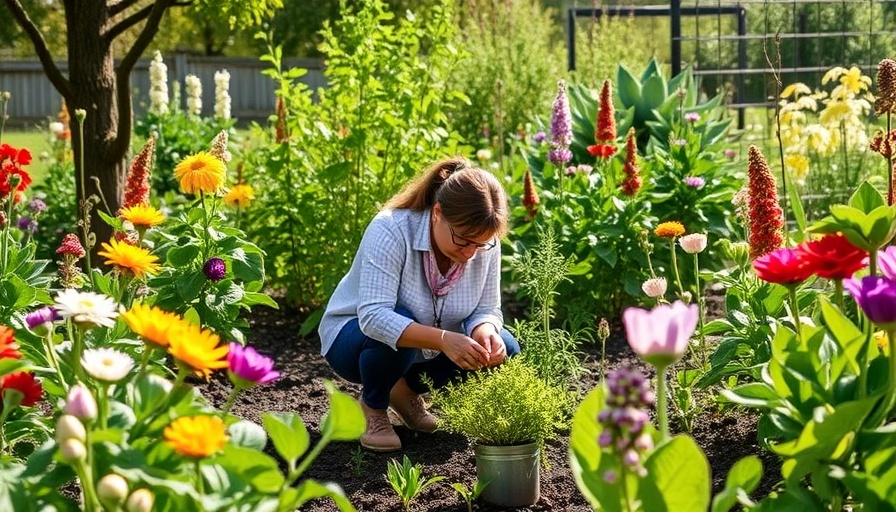
Uncovering the Truth About Cellulite
Cellulite is something many people worry about, and it often appears as dimpled or lumpy skin, mostly around the thighs, hips, and abdomen. It’s perfectly normal and affects individuals of all shapes and sizes! Understanding what causes cellulite can help us embrace our bodies and look for natural ways to reduce its appearance.
What's Behind Cellulite?
Cellulite occurs when fat cells push through the connective tissue under our skin, causing that uneven, bumpy surface. Factors like genetics, diet, and even hormonal changes can influence its development. While some might think cellulite affects only those who are overweight, it can actually show up on lean people too! This is part of the reason why embracing our bodies in all their shapes is so important.
Natural Ingredients to Combat Cellulite
There are several natural ingredients that can help in reducing the visibility of cellulite:
- Coffee Grounds: The caffeine in coffee can stimulate blood flow and help tighten skin. Rubbing coffee grounds on problem areas can promote smoother skin.
- Coconut Oil: This nourishing oil can deeply moisturize the skin. Massaging it into areas with cellulite can leave the skin feeling softer and more supple.
- Apple Cider Vinegar: Believe it or not, this pantry staple can help detoxify the body. Mix it with water and apply it to the skin or consume it in moderation to aid in circulation.
How Diet Plays a Role
Maintaining a balanced diet is essential when it comes to reducing cellulite. Eating foods rich in antioxidants, such as fruits and vegetables, can help protect our skin from damage.
Incorporating lean proteins like fish and chicken while minimizing sugar and processed foods can also create a more balanced lifestyle for whole-body wellness. Think of nutrition as one of many tools in our wellness toolbox—essential for overall well-being!
Physical Fitness is Key!
Regular exercise not only helps maintain weight but can also improve circulation to help decrease the appearance of cellulite. Incorporating routines like swimming, yoga, and strength training can lead to firmer muscles and better-looking skin. Plus, exercising can boost mood and mental health, making it an all-around win!
Mindfulness and Self-Care
Taking time for self-care goes beyond skincare routines. Practices like mindfulness and meditation can be beneficial for stress management and emotional well-being. Feeling good from the inside can shine through on the outside!
Joining community wellness programs can also offer support as you work towards your fitness goals. It’s amazing how surrounding ourselves with others who share the same interests in healthy living can bolster motivation and success.
Incorporating Healthy Habits Together
Encouraging family members to engage in outdoor activities, cook healthy meals, or even enjoy a yoga session at home can create a holistic approach to combating cellulite. Together, these habits can contribute to less visible cellulite while fostering a happy, healthy family dynamic.
The Journey Towards Accepting Our Bodies
It’s important to remember that everyone has some form of cellulite, and learning to accept our bodies as they are can be one of the greatest forms of self-love. By prioritizing holistic wellness—through nutrition, fitness, and mental health—we can embrace our natural beauty while feeling our best.
So, why not take the first step? Start small by incorporating one of these natural ingredients or a new exercise into your life today. Remember, it's all about the journey!
 Add Row
Add Row  Add
Add 




Write A Comment